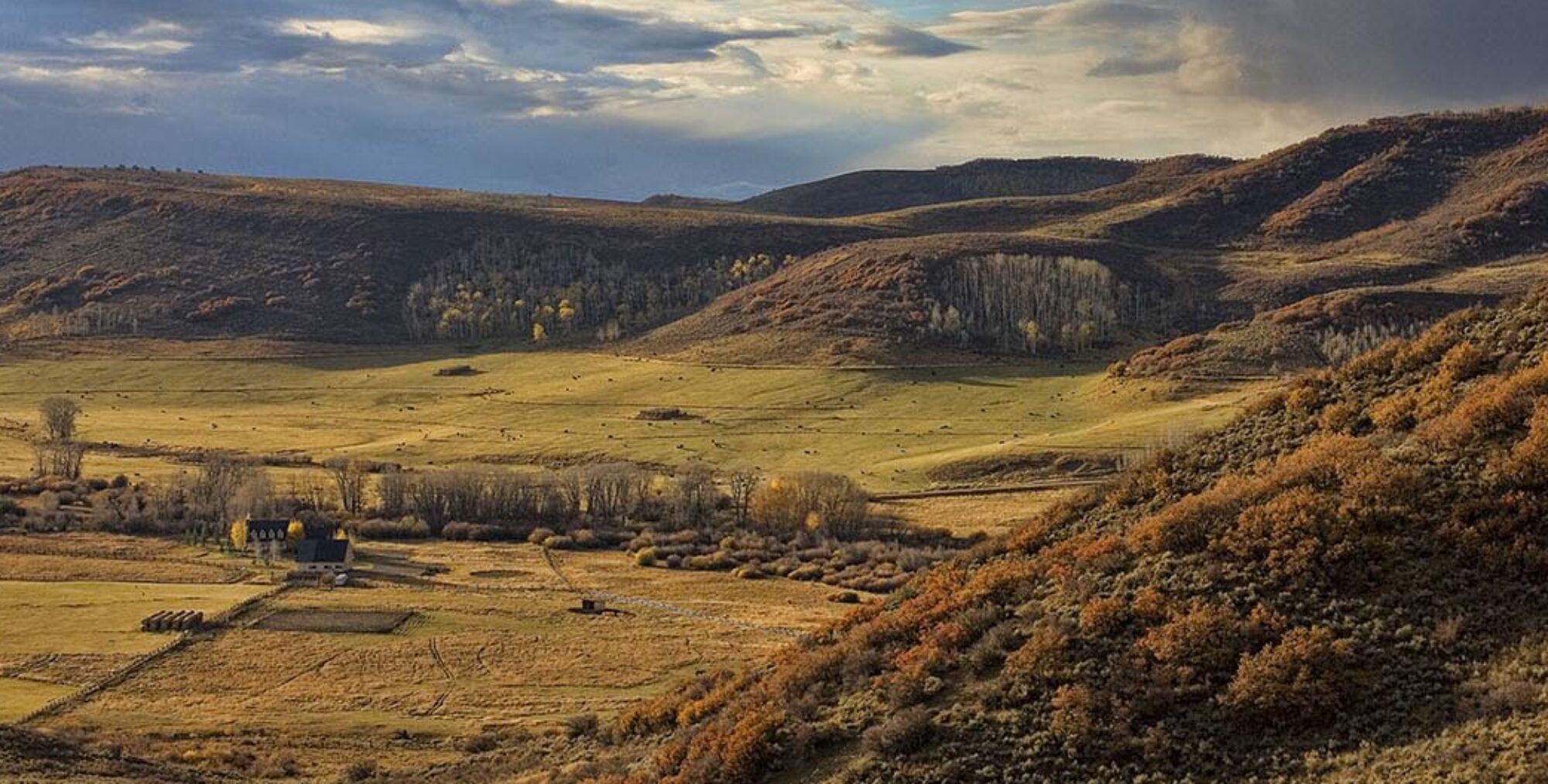Photo courtesy of DoD/US Marine Corps
Canadian marksman Robert Furlong told the History Channel he laid his ammunition in the sun before he neutralized a machinegun-carrying Afghan insurgent at 1.5 miles in 2005. He said it was “an old sniper’s trick,” one designed to increase the .50 BMG’s velocity slightly as it left his McMillan TAC-50.
The storyline rivals football’s Immaculate Reception, but most experts agree it’s not the best approach for civilian shooters. “A phrase I commonly utilize is ‘Accuracy is derived from mechanical repeatability,’” said Dan Hanus, former USMC Precision Weapons Section supervisor at Quantico, VA, and current Custom Rifle Production Manager for Bergara. “What this means is if you can make the rifle, ammunition, weather and shooter or shooting device do the exact same thing every time, then the strike of the round will be in the same place every time. A realist knows it is impossible to control all of these variables, but by shooting an accurate rifle, using match ammunition, getting in a solid position, and practicing in all temperatures, a shooter definitely increase his chances of hitting his target.”
“I have seen shifts of impact, particularly in precision rifles,” Greg Jordan, a member of Team ArmaLite, said of the solar-heating effect. “Each occurrence was different, as it depended on the ammo used. I would say that shifts of 1 MOA are not out of the question for some ammo combinations.”
It can also cause stoppages, according to Hornady’s Neal B. Emery. “One thing to note is the composition of the powder itself—specifically if it is a single- or double-base powder,” he said. “Single-base powders contain nitrocellulose, while double-base powders also have nitroglycerin. While the added nitroglycerin can increase energy, it is much more temperature sensitive. Loads that may function fine at 75 degrees may cause your bolt to stick when you travel to Africa and hunt Cape buffalo in 115-degree heat—not a good combination!”
I placed Hornady 55-grain V-Max .223 Rem. loads in the sun to determine how much heating was possible. A cartridge on a black tactical bag in the sun regularly reached nearly 70 degrees higher than ambient temperature—hotter than an identical cartridge left in an enclosed, sunlit vehicle tested simultaneously.
Most of today’s powders minimize temperature-induced pressure fluctuations, though. “It is difficult to generalize about the ballistic response of ammunition at hot and cold temperatures, as each application responds slightly differently,” according to ATK engineer Paul Furrier. “At Federal we are fortunate to have strong relationships with the best propellant manufacturers in the world, so we choose powders for our premium ammunition that moderate the response at extreme temperatures and deliver consistent performance on target. In most applications we are able to keep pressure changes well below 10 percent at hot (+125°F) and cold (-40°F). Velocity change will typically be less than that, since it is generally not a linear response to pressure at extremes.”
Hanus warned that results from heat are unpredictable. One study done by Picatinny Arsenal in the 1930s found as ammunition heat increased, so did velocity. However, a subsequent study he was involved with in 2003 showed different results—thought to be partially a product of improved gunpowder.
Experienced marksmen take steps to avert migrating points-of-impact. “I try to keep my ammo out if direct sunlight when possible,” Jordan said. “I usually keep match ammo in an ammo case inside of another larger case, all of which is kept out of the sun.” Furrier admits he and other shooters at ATK often take advantage of a cooler’s insulating properties, regardless of season. “It makes sense to keep your ammunition supply out of temperature extremes before firing.”
Now that the dog days of summer are behind us, how do you maintain constant cartridge temperature in the winter? “Something our snipers and match shooters used to do is put their ammunition in their breast pocket,” Hanus said. “…[N]o matter how hot or cold it was on the range or in the field, the ammunition was always the same temperature.”
And if you’re ready to buy a new long-distance connection, but haven’t decided on the rifle’s chambering, here is advice from some of the industry’s foremost experts. Once that’s decided, though, here’s more on how to connect with that long-distance target.


thanks for sharing this information.have shared this link with others keep posting such information..